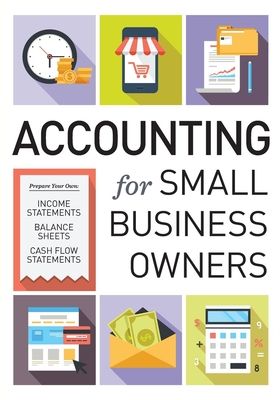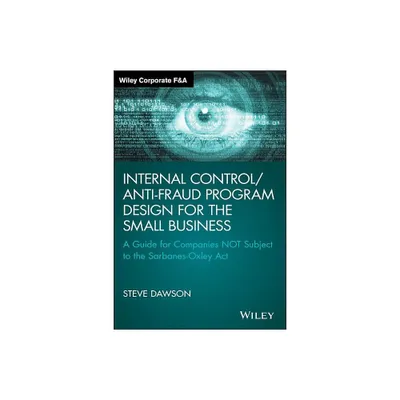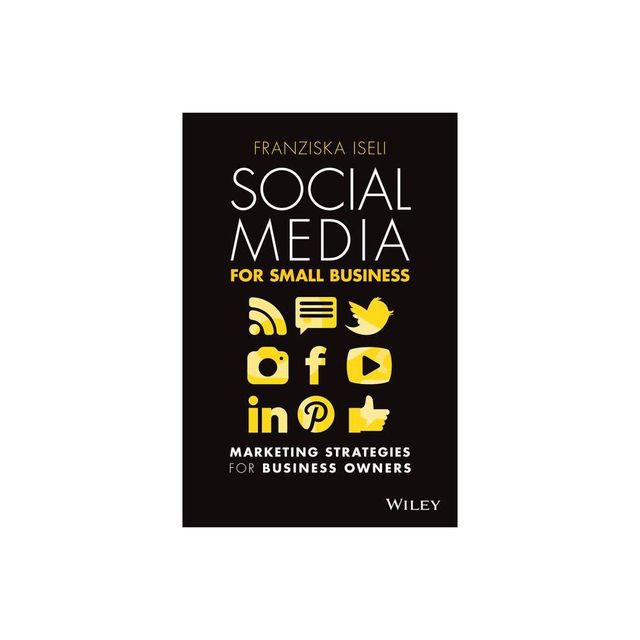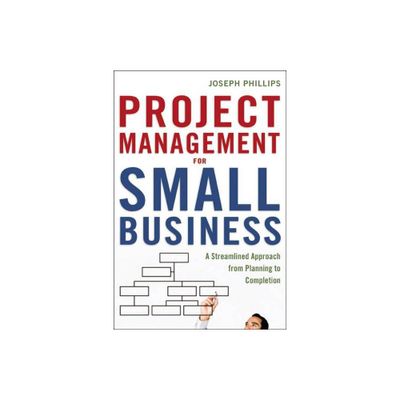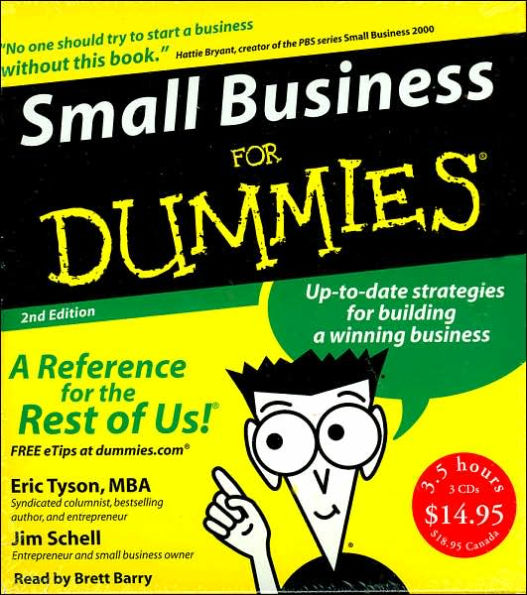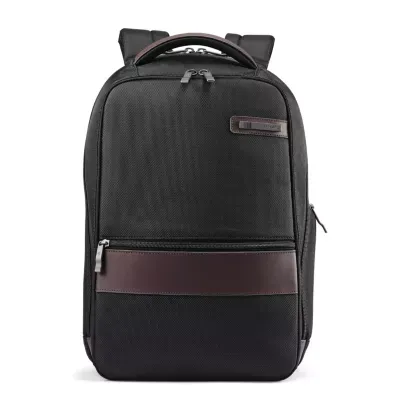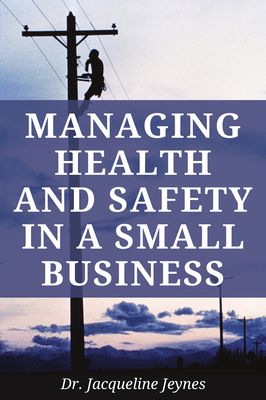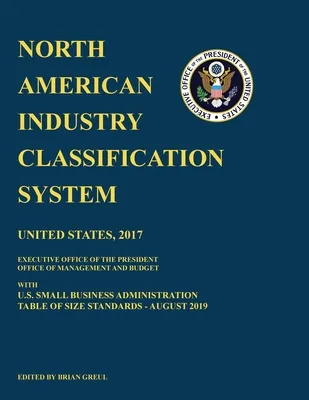Home
Small Business Administration Microloan Program
Loading Inventory...
Barnes and Noble
Small Business Administration Microloan Program
Current price: $19.95
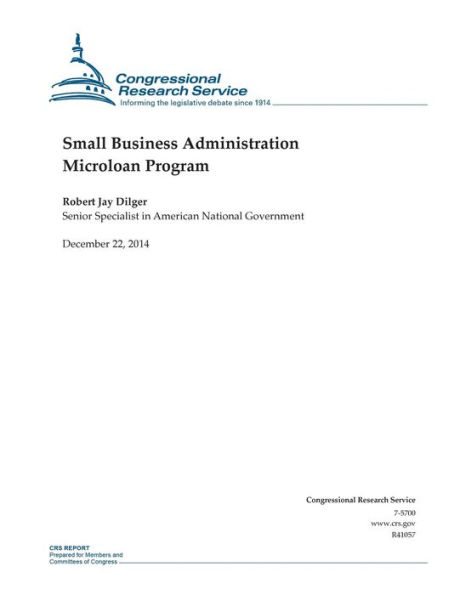

Barnes and Noble
Small Business Administration Microloan Program
Current price: $19.95
Loading Inventory...
Size: OS
*Product Information may vary - to confirm product availability, pricing, and additional information please contact Barnes and Noble
The Small Business Administration's (SBA's) Microloan program provides direct loans to qualified nonprofit intermediary lenders who, in turn, provide "microloans" of up to $50,000 to small business owners, entrepreneurs, and nonprofit child care centers. It also provides marketing, management, and technical assistance to microloan borrowers and potential borrowers. The program was authorized in 1991 as a five-year demonstration project and became operational in 1992. It was made permanent, subject to reauthorization, in 1997. The SBA's Microloan program is designed to assist women, low-income, veteran, minority entrepreneurs and small business owners, and other individuals possessing the capability to operate successful business concerns by providing them small-scale loans for working capital or the acquisition of materials, supplies, or equipment. In FY2014, Microloan intermediaries provided 3,919 microloans totaling $55.7 million. The average Microloan was $14,210 and had a 7.54% interest rate. Critics of the SBA's Microloan program argue that it is expensive relative to alternative programs, duplicative of the SBA's 7(a) loan guaranty program, and subject to administrative shortfalls. The program's advocates argue that it assists many who otherwise would not be served by the private sector and is an important source of capital and training assistance for low-income, women, and minority business owners. Congressional interest in the Microloan program has increased in recent years, primarily because microloans are viewed as a means to assist very small businesses, especially women- and minority-owned startups, to get loans that enable them to create and retain jobs. Job creation, always a congressional interest, has taken on increased importance given continuing concerns about job growth during the current economic recovery. This report opens with a discussion of the rationale provided for having a Microloan program, describes the program's eligibility standards and operating requirements for lenders and borrowers, and examines the arguments presented by the program's critics and advocates. It then discusses P.L. 111-240, the Small Business Jobs Act of 2010, which increased the Microloan program's loan limit for borrowers from $35,000 to $50,000, and the aggregate loan limit for intermediaries after their first year of participation in the program from $3.5 million to $5 million. The act also authorized the SBA to waive, in whole or in part through FY2012, the nonfederal share requirement for loans to the Microloan program's intermediaries and for grants made to Microloan intermediaries for small business marketing, management, and technical assistance for up to a fiscal year. The report also discusses several bills introduced in the 113th Congress. H.R. 3191, the Expanding Opportunities to Underserved Businesses Act, would have increased the Microloan program's loan limit for borrowers from $50,000 to $75,000. S. 2487, the Access to Capital, Access to Opportunity Act, would have increased that limit to $100,000. S. 2693, the Women's Small Business Ownership Act of 2014, would have, among other provisions, increased the Microloan program's aggregate loan limit for intermediaries after their first year of participation in the program from $5 million to $7 million. The bill would have also removed the requirements that no more than 25% of Microloan technical assistance grant funds may be used to provide information and technical assistance to prospective borrowers and that no more than 25% of those funds may be used on third-party contracts for the provision of technical assistance.
